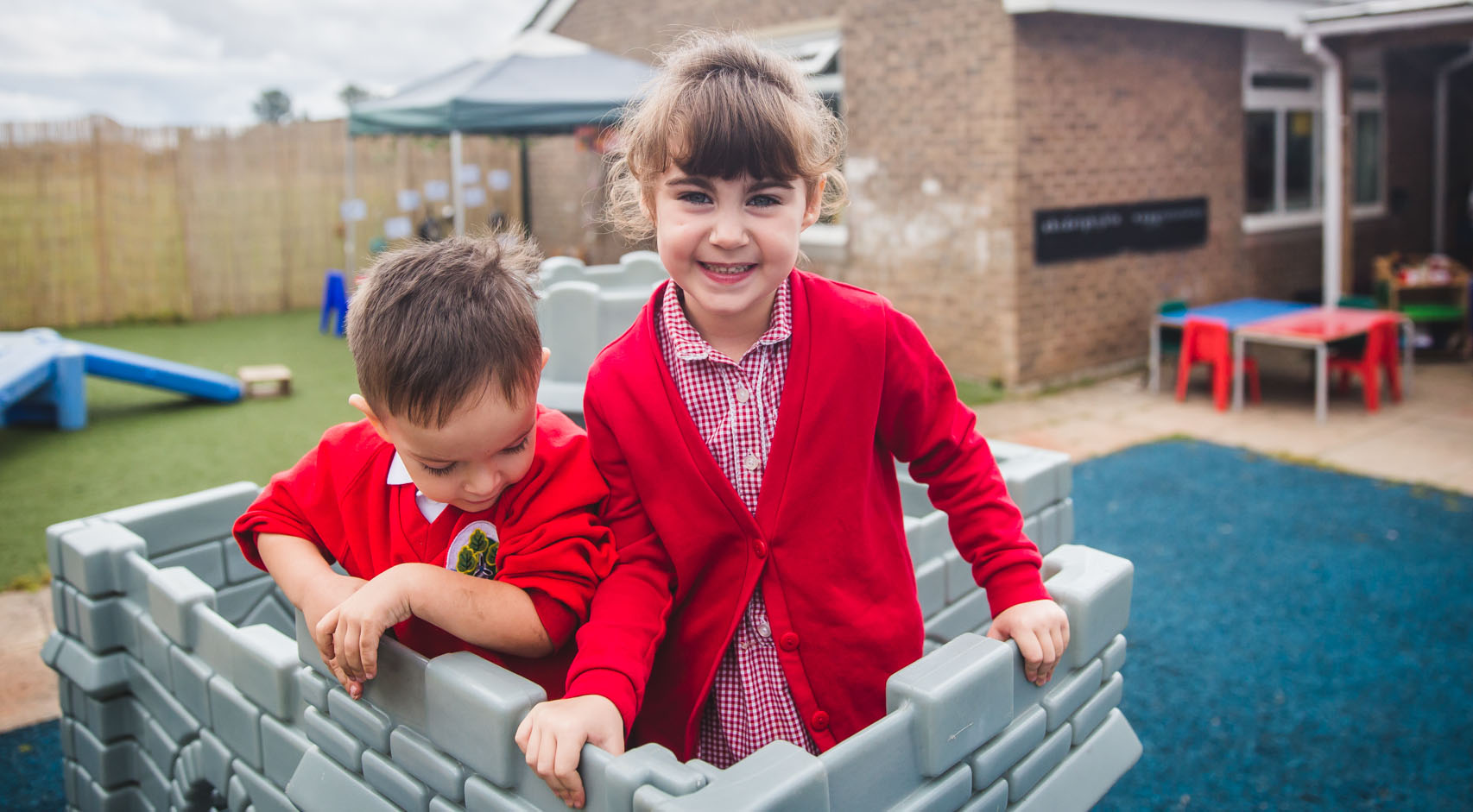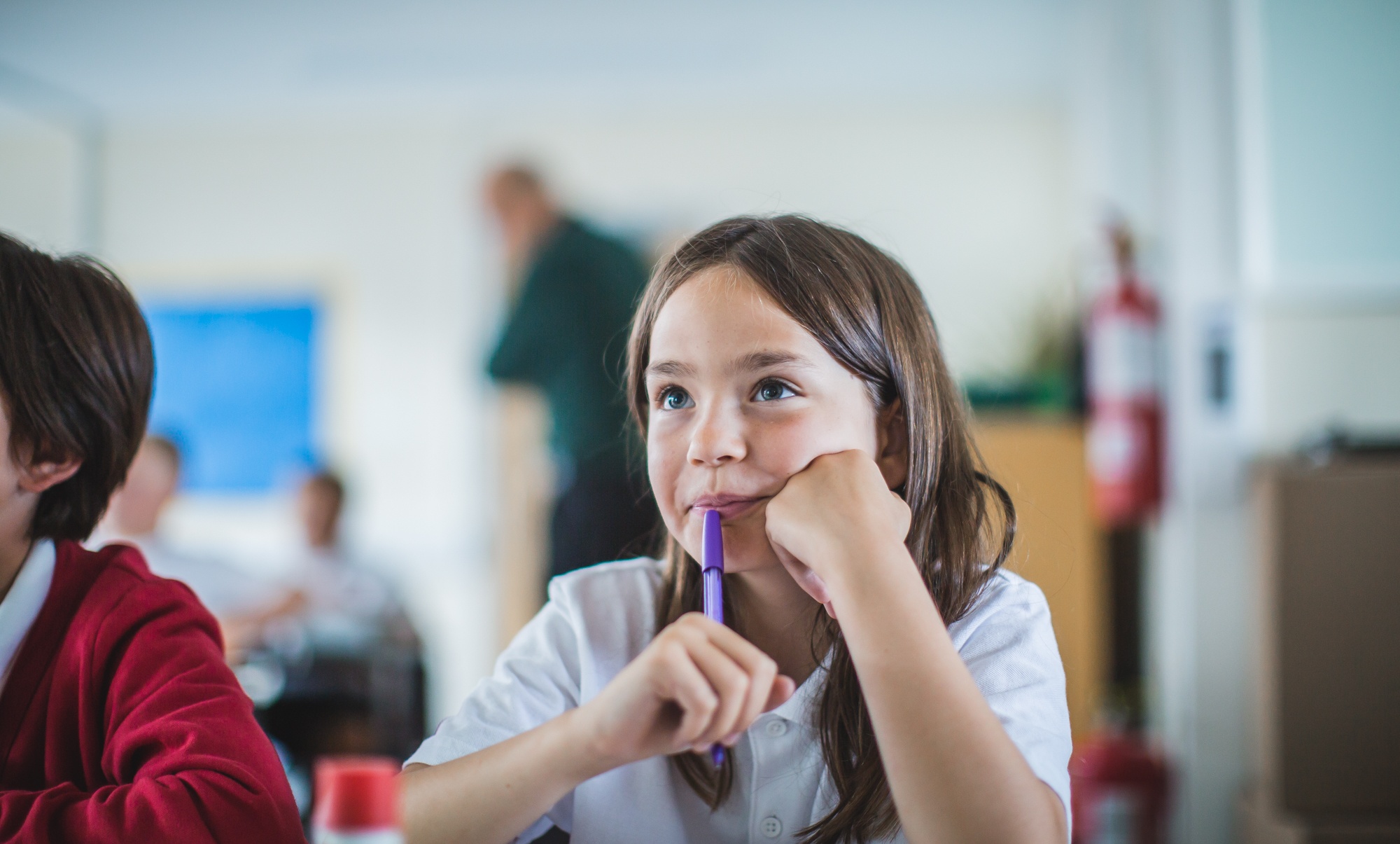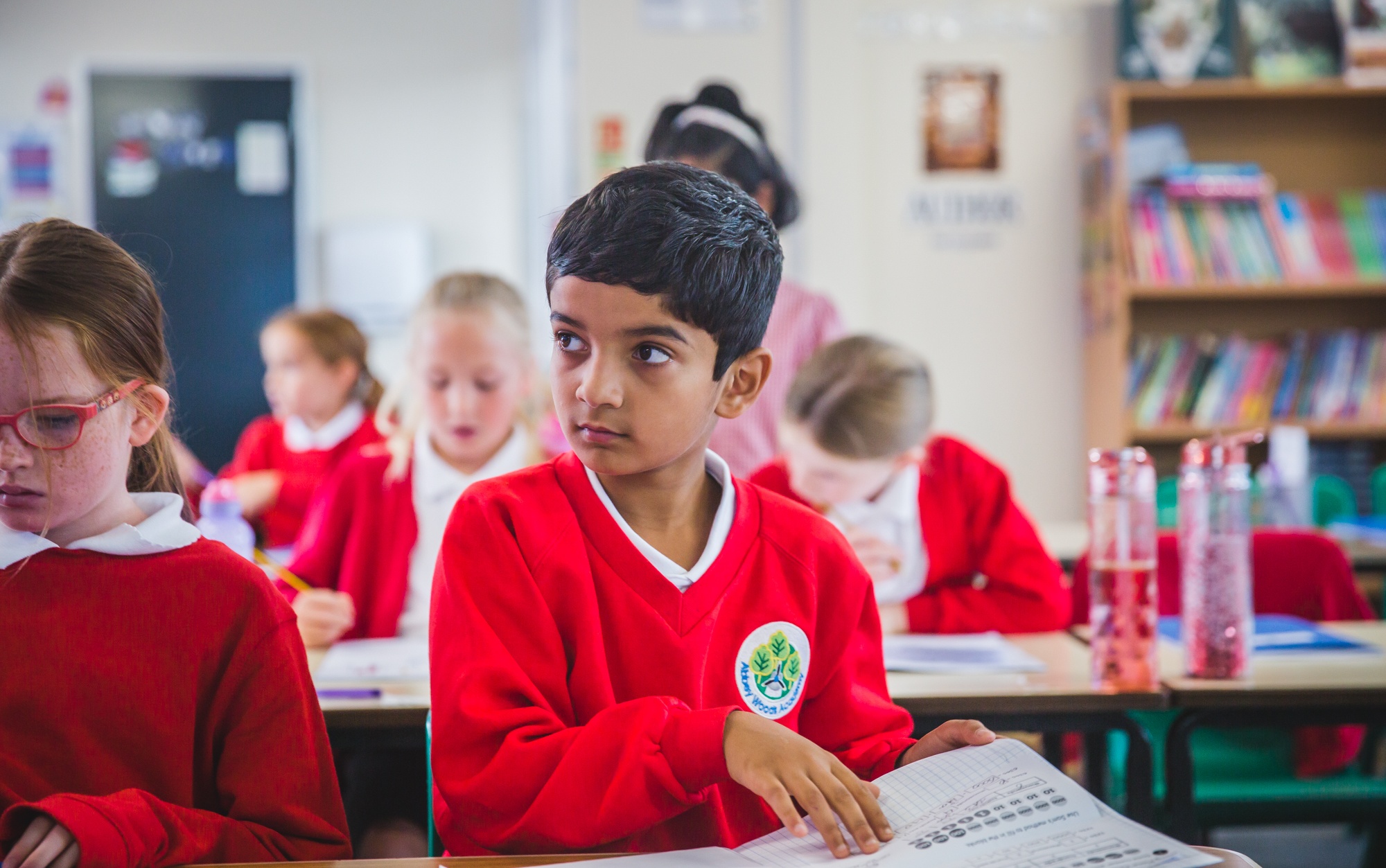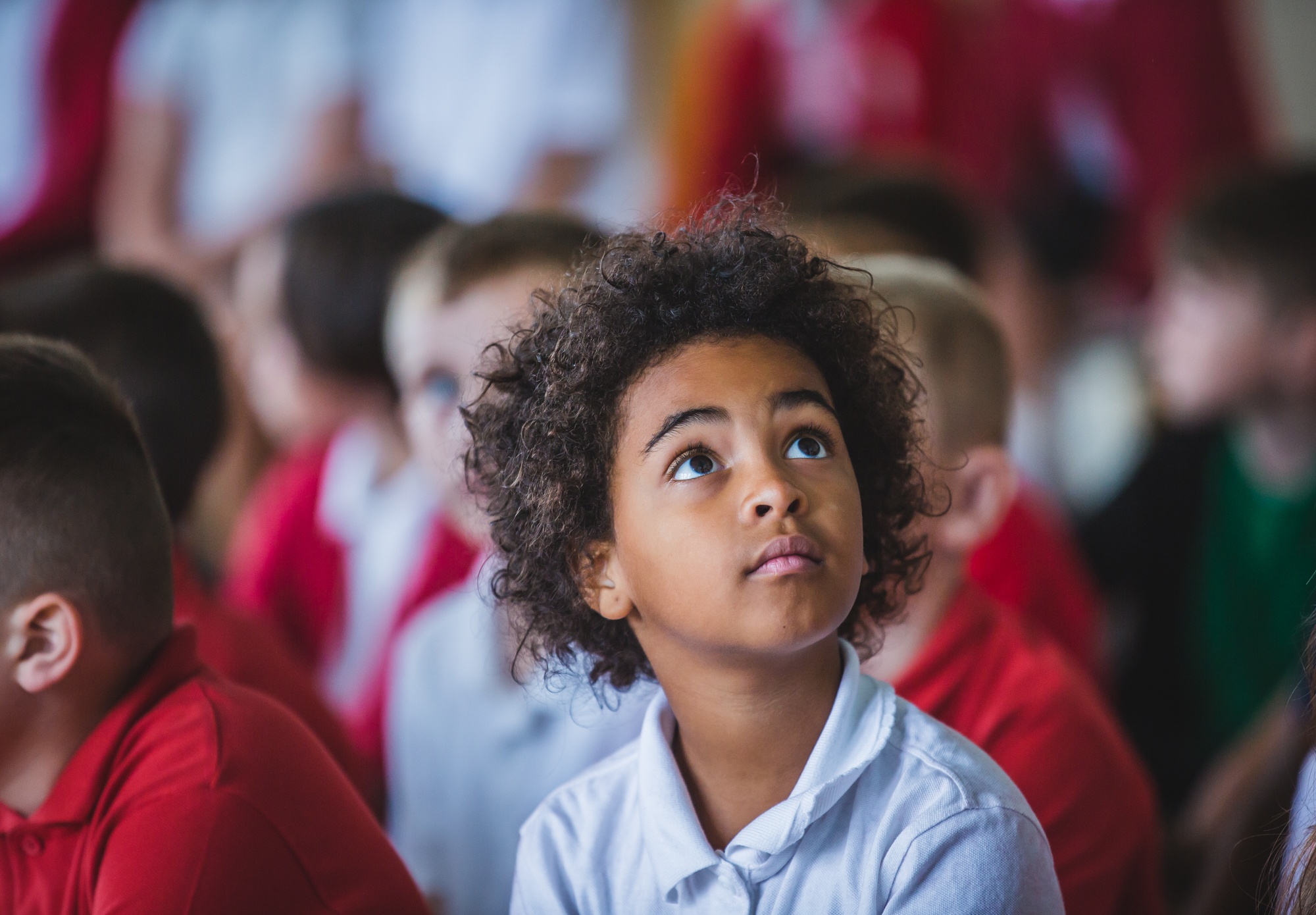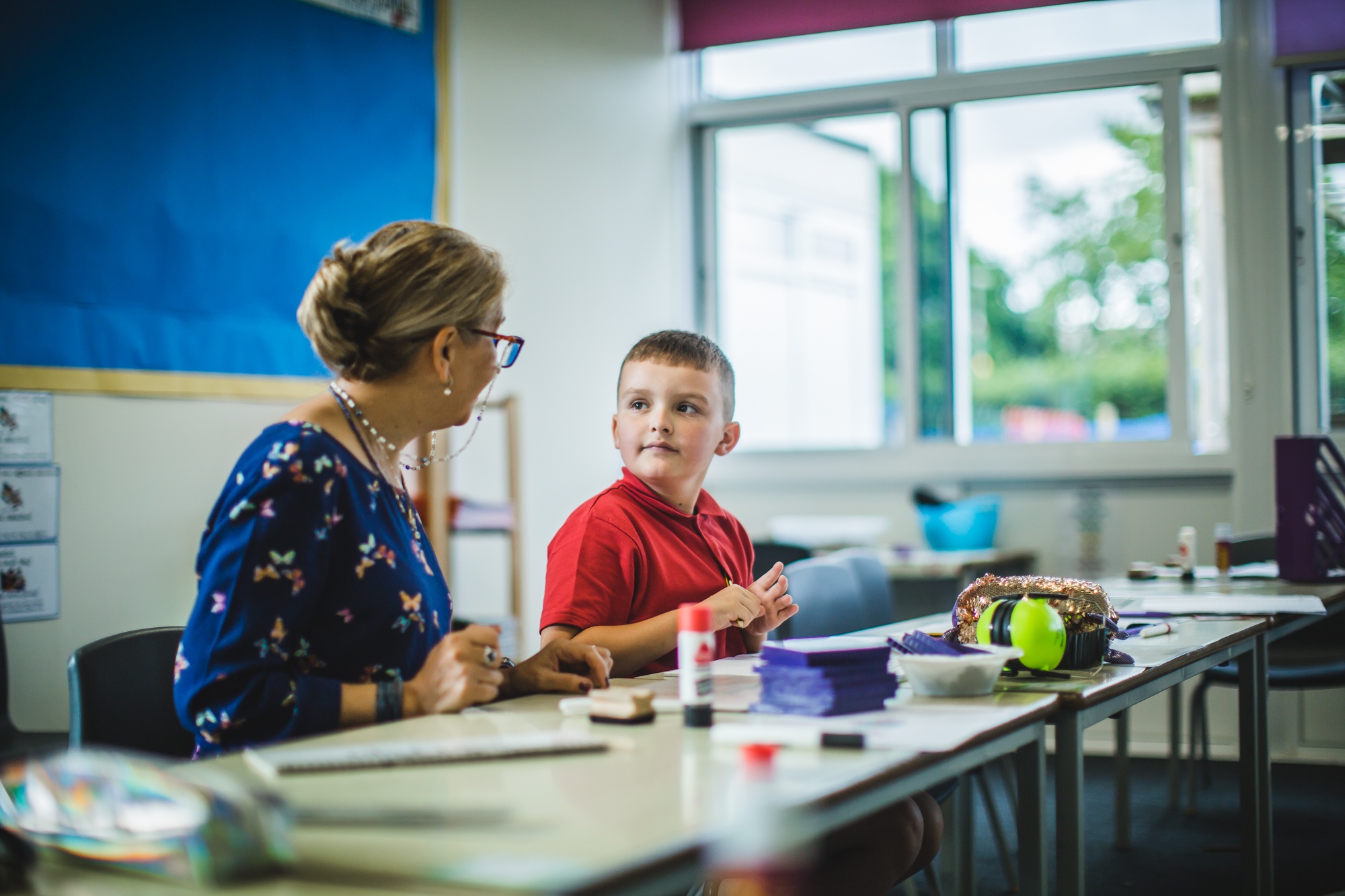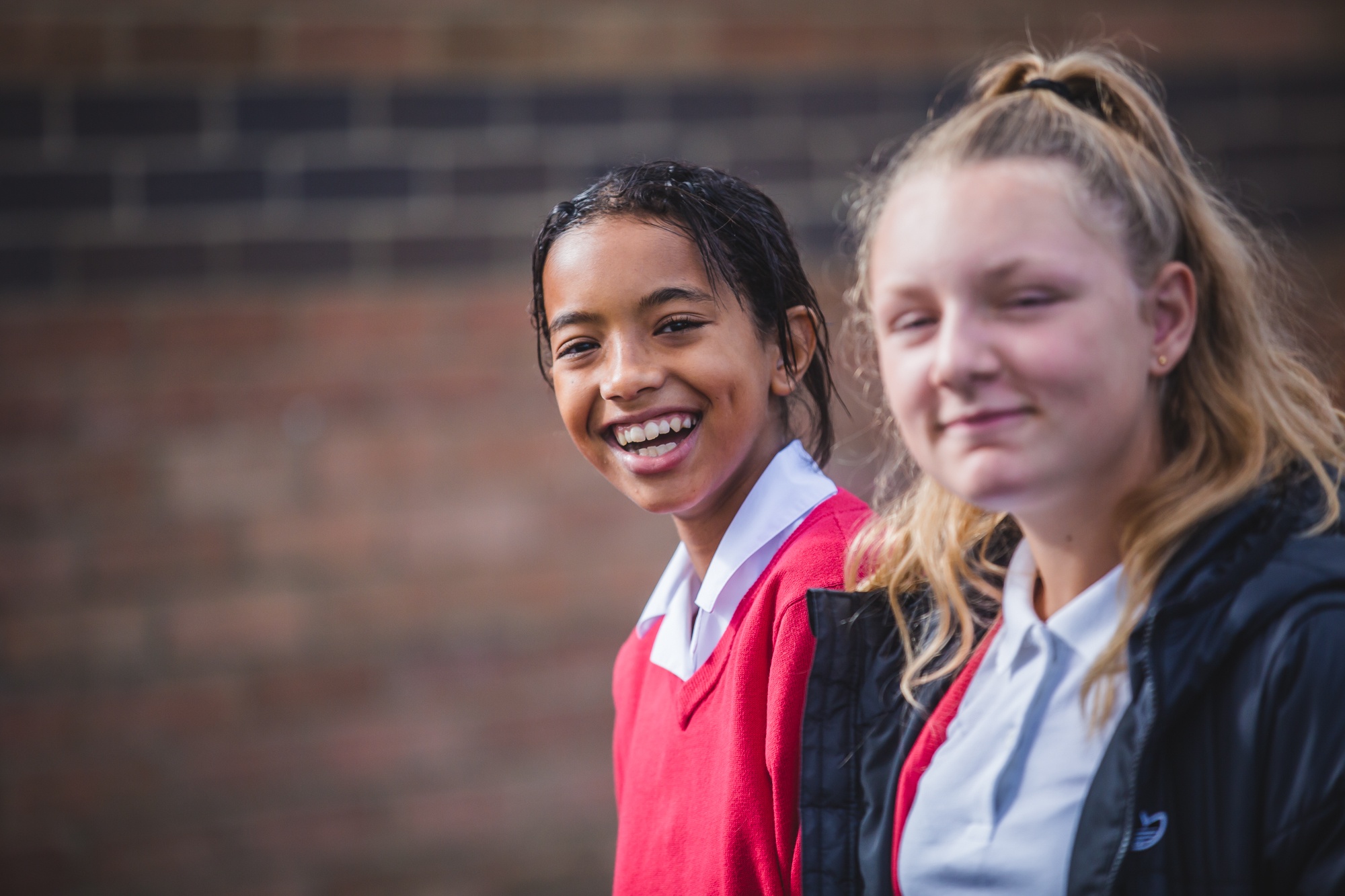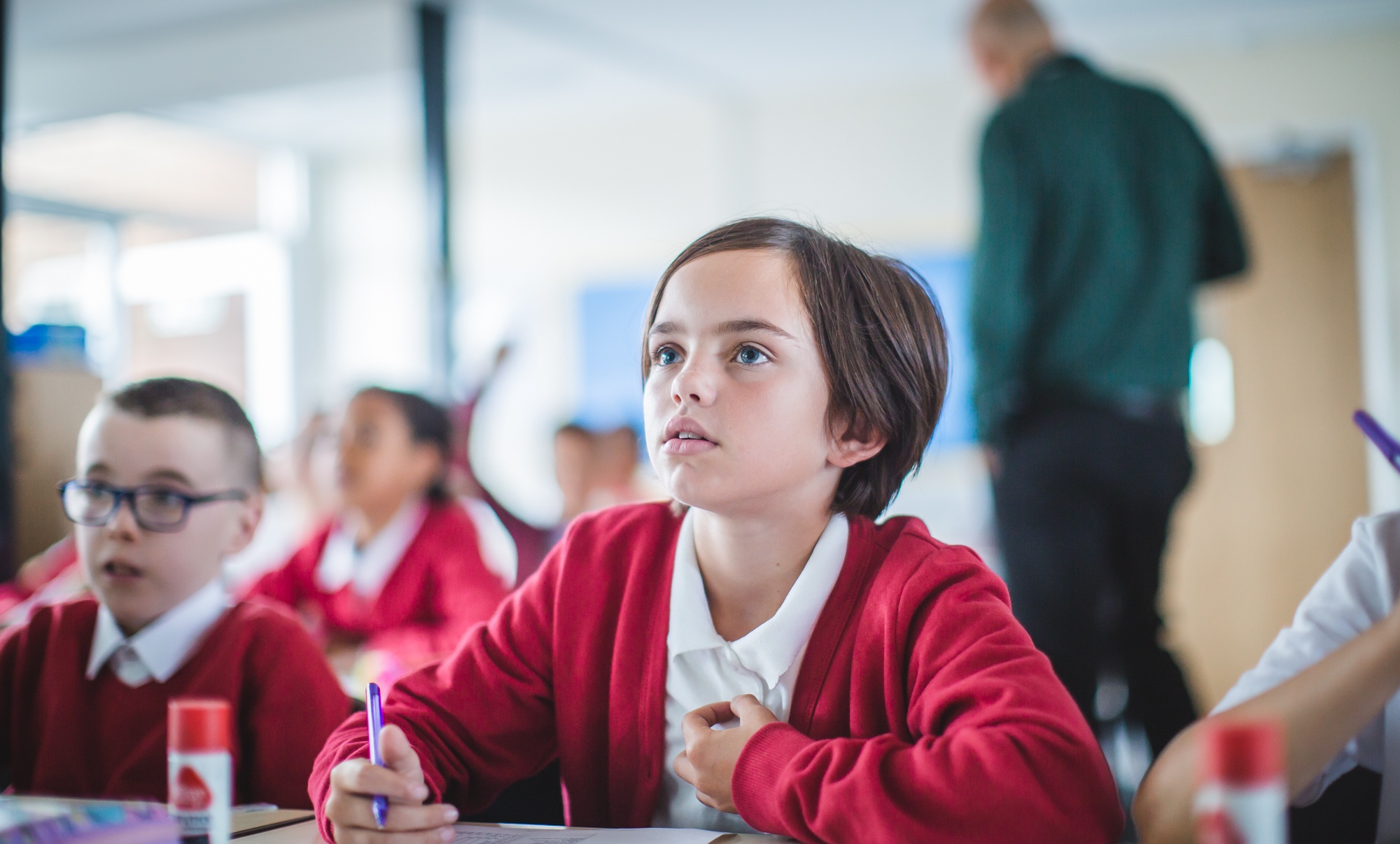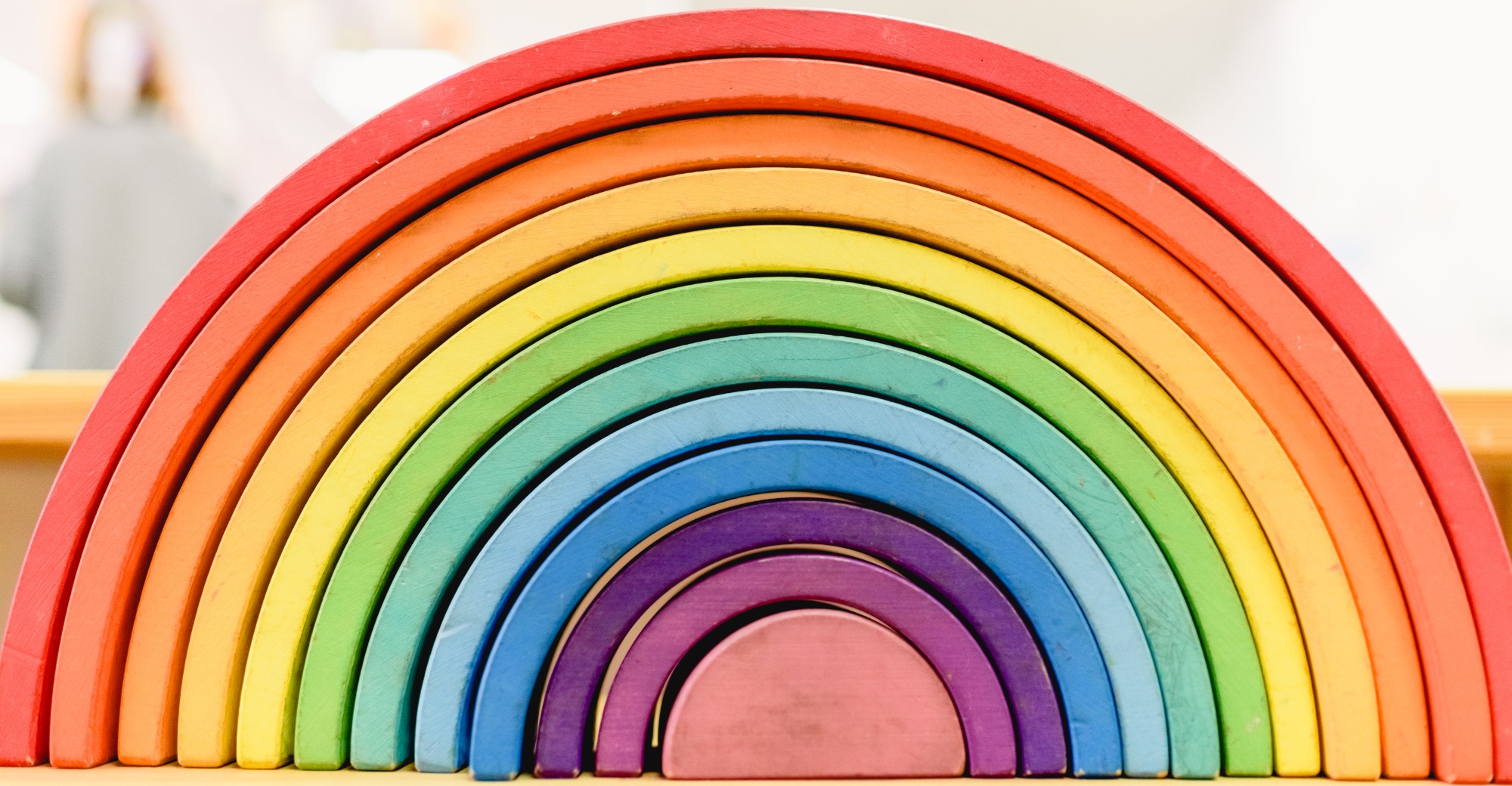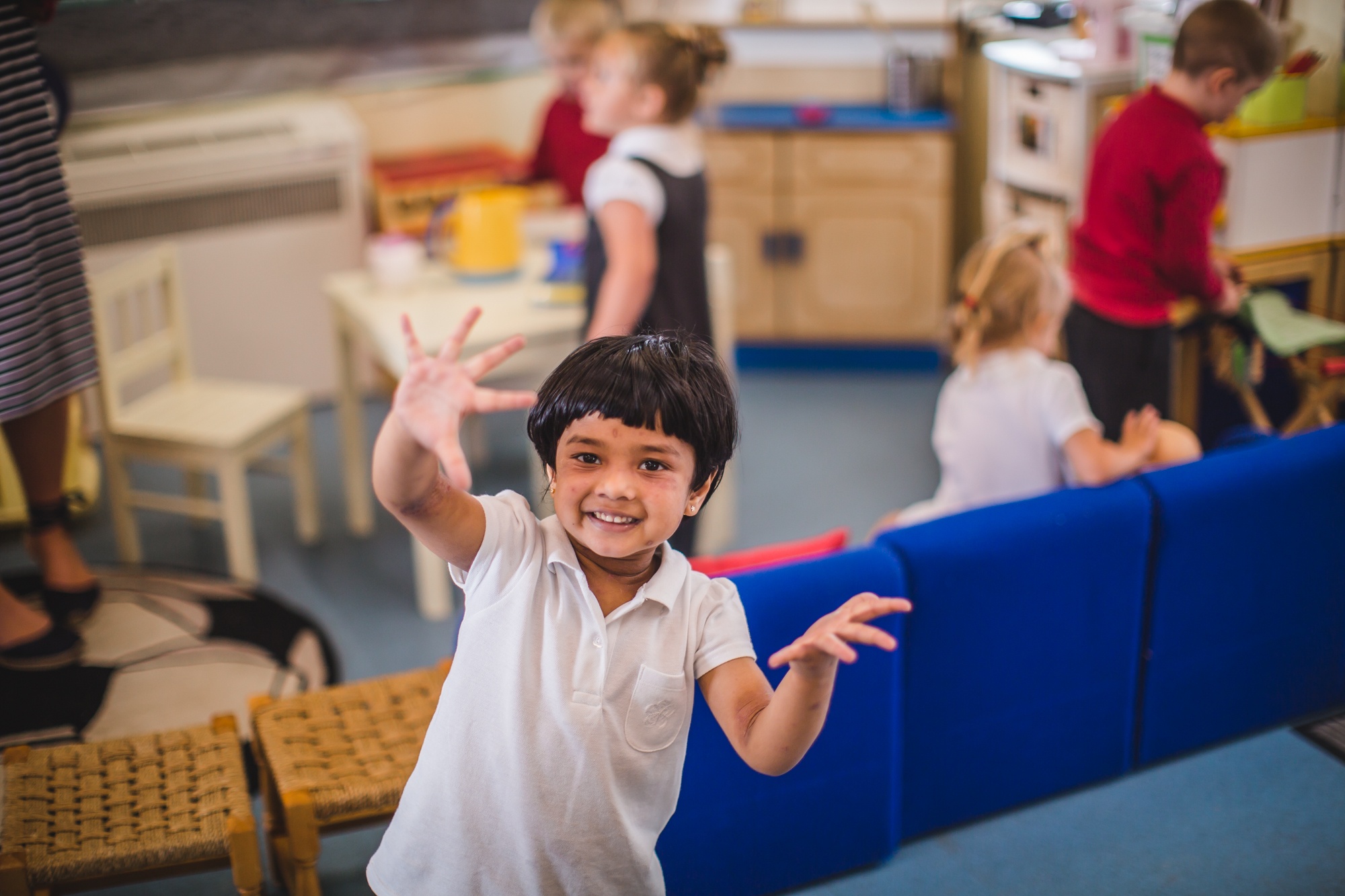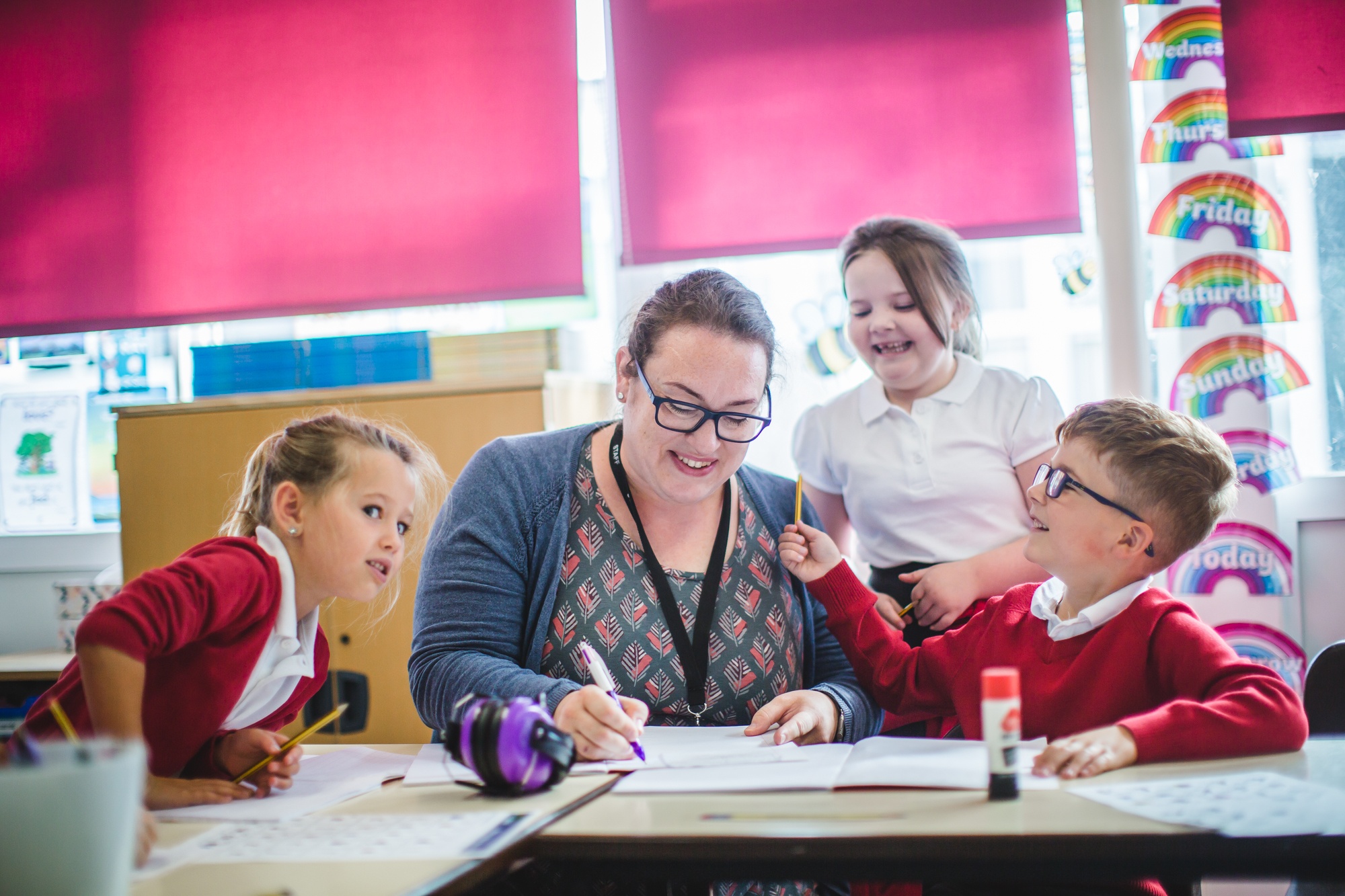Online safety
Online safety at Abbey Woods is all about measures to keep children, and adults working with children, safe while using digital technologies.
At school this can include computers, laptops and tablet computers, and at home it can also include devices such as games consoles (Xbox, Playstation, Nintendo Switch), mobile phones and anything else which allows interactive digital communication.
The online environment is an integral part of children’s lives, so it is important that we work together as a school community to ensure that our children have a healthy relationship with technology and support them to use it responsibly.
For more useful advice and guidance about keeping children safe online, visit the NSPCC online safety website.
Social media
Increasingly, children are using social media apps - there are so many now, it can be difficult to keep up! There are lots of benefits for children and young people when using social media. This includes staying connected with friends and family, enabling innovative ways of learning and creating new ways for them to express themselves. But there are also risks of allowing children access to social media, some of which are outlined below.
Inappropriate content
Children may be exposed to upsetting or inappropriate content online, particularly if the platform they are using doesn’t have robust privacy and security settings or if you’re not checking posts. This content might be sexually explicit, or it might be harmful in other ways, such as radicalisation, bullying, or content that's upsetting.
Online grooming
Children may be at risk of being groomed if they have an online profile that means they can be contacted privately.
Children’s posts or profile information may expose personal information and put them at risk. For example, they may talk about their home life, feelings, or thoughts they’ve been having. There may be information that makes them identifiable, such as locations of events they are taking part in, or visual clues in photographs. Perpetrators may use this information to groom, abuse or exploit children.
Perpetrators of abuse may create fake profiles to try to contact children and young people through the platform you’re using, for example an adult posing as a child. They may also create anonymous accounts and engage in cyberbullying or trolling. People known to a child can also perpetrate abuse.
On many platforms, children can be contacted anywhere and at any time through private messaging or notification alerts. This means it’s harder for them to escape from abusive messages or upsetting content that they are tagged in.
Further advice for parents can be found on the following websites:

